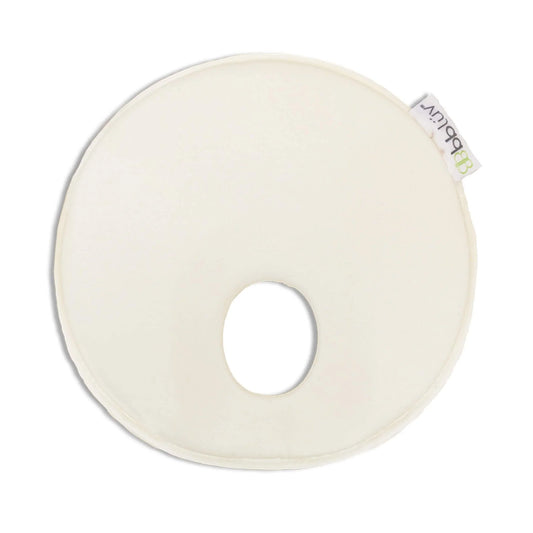What to expect from the transition from 1 to 0 naps?
Most children are ready to stop napping between the ages of 3 and 5, and as with other transitions, you don't want to rush this one. To successfully make this important change in your little one's routine, you'll need to watch for cues and not mistake them for sleep regressions or a resistance phase that can be improved.
The main signs to recognize that your son or daughter no longer needs to take a nap
The age range
- Your little one is between 3 and 5 years old .
Can't sleep during the day
- You notice that he is not taking his nap for a week or two at a time.
You have trouble falling asleep at night
- If he still naps and bedtime turns into a real mess, it's probably because he's not tired enough to sleep.
If you are experiencing difficulties with your child's daytime sleep , don't give up on napping as soon as you encounter a problem , such as the 18-month or 24-month sleep regression .
Children between these ages still need that daily rest . If you have a little one who is around 2 years old, you might notice a certain resistance to taking a nap. This can be overcome, in most cases, by adjusting their sleep windows and creating an ideal environment.
Remember that every child has different needs . If your little one is under 3 years old and has not experienced any difficulty in eliminating his nap, there is nothing to change.
Tips to say goodbye to naps
Give him an active break
If your little one is ready to stop napping or has already stopped napping, keep in mind that it is very important to continue providing rest time at the same time that they used to nap . This is what we call “active rest.”
Recreate the same atmosphere as in his nap routine : keep the lights lower, use the white noise machine or lullaby music, and let him play in his room with quiet games like puzzles, books, or something that relaxes him.
Time for free play
Children between 3 and 5 years old need between five and six hours of free play, which is different from active rest . This helps them release energy during the day, so that when night comes, they are tired enough to fall asleep easily.
Adjust the time you put him to bed at night
Once your little one is no longer napping, make sure to put him to bed a little earlier , especially during the first few weeks. This will help him get used to his new nap-free sleep routine.
Make sure your baby isn't over-tired by bedtime, but tired enough that putting him to bed isn't a challenge. That's why mid-day active rest and free play are so important during this transition.
Be flexible
You may have to deal with inconsistent schedules , with days with naps and days without. Go by your little one's needs and cues.
While we adults like predictability, eliminating naps should bring some fluidity . So the more mentally prepared you are for the unknown and flexibility of life, the easier this stage will be.
An example of a nap-free routine
To help you, look at Domingo's routine, a 3-and-a-half-year-old who no longer takes a nap. Remember that this is just a guide, as each child is different and it is very difficult to get him to follow a schedule like clockwork. That is why it is important to establish flexible routines and not strict schedules.

While some little ones have no problem completely eliminating naps from their routines, others will take months to make the transition. Be patient and don't rush the process . Your little one may be ready before age 3 or after age 5 to eliminate naps completely.
Share!









